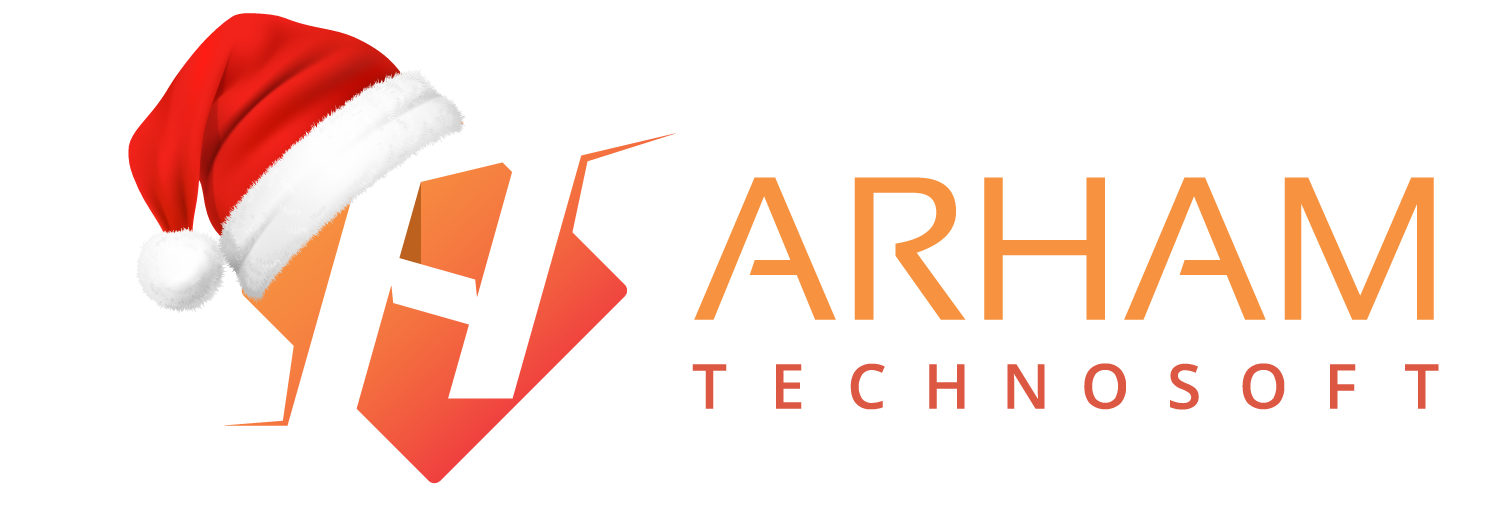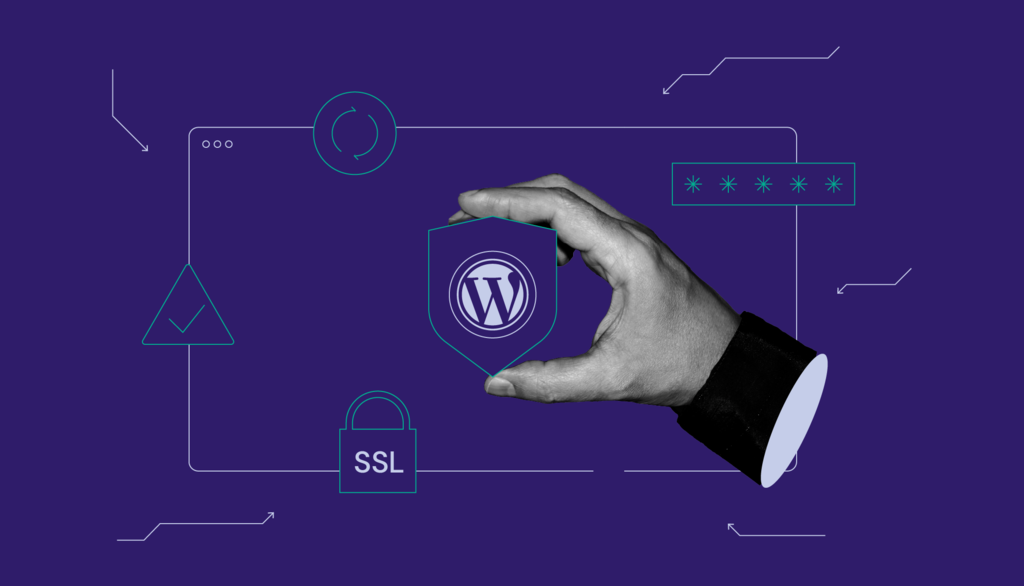WordPress is one of the most popular Content Management Systems (CMS) used by millions of websites worldwide. However, the popularity of WordPress makes it a prime target for hackers and cybercriminals. Therefore, it’s essential to take the necessary steps to protect your WordPress site against malware and other security threats.
Protecting your WordPress site against malware is essential for several reasons. Here are a few reasons why you should prioritize securing your WordPress site against malware:
Data Protection: Your WordPress site likely contains sensitive information, such as customer data, login credentials, and financial information. Malware can compromise this data, leading to identity theft, fraud, and other security issues.
Website Functionality: Malware can disrupt the functionality of your website, causing it to crash or slow down. This can negatively impact user experience, resulting in lost traffic, revenue, and reputation.
SEO: Malware can also affect your search engine rankings. Google and other search engines can detect malware on your site and penalize you by reducing your rankings or removing your site from search results altogether.
Financial Loss: A compromised website can lead to financial loss, such as lost sales, additional security expenses, and legal fees. Malware can also hijack your site and use it to distribute spam or launch phishing attacks, further harming your finances and reputation.
Reputation: A compromised website can damage your reputation and brand image. Customers may lose trust in your site, resulting in lost sales and long-term damage to your business.
In this article, we’ll explore some tips and tricks to secure your WordPress site.
- Secure WordPress Hosting
Choosing a secure web hosting provider is the first step in protecting your WordPress site. Your web hosting provider should have measures in place to protect your site against malware, DDoS attacks, and other security threats. Additionally, look for a hosting provider that provides regular backups and updates to keep your site secure.
- Use Latest PHP Version
- Use Latest PHP Version
The PHP language powers WordPress, and using the latest version can help secure your site. Every new release of PHP includes security improvements that can protect your site against vulnerabilities. Ensure you update your PHP version to the latest version regularly.
- Clever Usernames and Passwords
- Clever Usernames and Passwords
One of the most common ways hackers gain access to WordPress sites is through weak usernames and passwords. Use a combination of uppercase and lowercase letters, numbers, and symbols to create strong passwords that are difficult to crack. Additionally, avoid using common usernames like “admin” or “administrator.”
- Latest Versions
- Latest Versions
Updating to the latest version of WordPress, plugins, and themes is crucial for site security. Every new release includes security patches and bug fixes that address vulnerabilities. Therefore, ensure you update to the latest versions regularly.
- Lock Down WordPress Admin
- Lock Down WordPress Admin
Limit access to the WordPress admin dashboard to authorized users only. One way to do this is by setting up a “Whitelist” of approved IP addresses that can access the WordPress admin area. Additionally, you can limit the number of login attempts and block IP addresses that try to brute force your site.
- Two-Factor Authentication
- Two-Factor Authentication
Two-factor authentication (2FA) adds an extra layer of security to your WordPress login. 2FA requires users to provide a password and a second form of identification, such as a verification code sent to a mobile phone, to access the WordPress admin dashboard.
- HTTPS – SSL Certificate
- HTTPS – SSL Certificate
Secure Sockets Layer (SSL) certificates encrypt data transmitted between your website and users’ browsers. Having an SSL certificate is vital for securing sensitive data like usernames, passwords, and payment information. Additionally, Google ranks sites with SSL certificates higher in search results, giving you an SEO boost.
- Hardening wp-config.php
- Hardening wp-config.php
The wp-config.php file is a crucial file in your WordPress installation that contains your website’s database credentials. Hardening the wp-config.php file means securing it from unauthorized access. You can do this by changing the default table prefix, adding security keys and salts, and disabling file editing in WordPress.
- Disable XML-RPC
- Disable XML-RPC
XML-RPC is a feature that allows remote access to your WordPress site. Unfortunately, it’s also a security risk as it provides hackers with a way to exploit your site’s vulnerabilities. Therefore, it’s best to disable XML-RPC unless you’re using it for a specific purpose.
- Hide WordPress Version
- Hide WordPress Version
Displaying your WordPress version number can give hackers information about vulnerabilities in your site. Therefore, it’s best to hide your WordPress version number to prevent hackers from exploiting known vulnerabilities.
- HTTP Security Headers
- HTTP Security Headers
HTTP security headers provide an extra layer of security to your WordPress site by protecting against XSS, clickjacking, and other attacks. The most crucial HTTP security headers include X-XSS-Protection, X-Frame-Options, and Content-Security-Policy.
- WordPress Security Plugins
- WordPress Security Plugins
WordPress security plugins provide an additional layer of security to your site by scanning for malware, blocking suspicious IPs, and protecting against brute force attacks. Some popular WordPress security plugins include Wordfence, Sucuri Security, and iThemes Security.
- Database Security
- Database Security
Your WordPress database stores all the data and information on your site, making it a prime target for hackers. Ensure you secure your database by changing the default database table prefix, regularly backing up your database, and deleting unused plugins and themes that can leave vulnerabilities.
- Secure Connections
- Secure Connections
Ensure you use secure connections when accessing your WordPress site, such as Secure File Transfer Protocol (SFTP) or Secure Shell (SSH). Additionally, avoid using public Wi-Fi networks to access your WordPress site as they’re often unsecured and can be hacked.
- File and Server Permissions
- File and Server Permissions
Setting file and server permissions correctly can prevent unauthorized access to your WordPress site. Ensure you set permissions to read-only for files and directories that don’t require write access, and avoid using file permissions that allow “world-writable” access.
- Disable Editing in Dashboard
- Disable Editing in Dashboard
WordPress allows users to edit files directly in the dashboard, but this can be a security risk. Disabling file editing in WordPress means that hackers can’t modify files on your site through the dashboard.
- Prevent Hotlinking
- Prevent Hotlinking
Hotlinking is when someone embeds an image or file from your site on their website, stealing your bandwidth and potentially exposing your site to malware. Prevent hotlinking by adding code to your .htaccess file that blocks hotlinking from external sites.
- Always Take WordPress Backups
Backing up your WordPress site regularly can save you time, money, and effort if your site is hacked or compromised. Regular backups ensure you can restore your site quickly and easily to its previous state.
- DDoS Protection
- DDoS Protection
Distributed Denial of Service (DDoS) attacks are a common form of cyber attack that can take down your site by overwhelming it with traffic. Use a DDoS protection service to prevent DDoS attacks by filtering traffic and blocking malicious IPs.
Conclusion
Securing your WordPress site against malware and other security threats requires constant vigilance and regular updates. By following these tips and tricks, you can protect your WordPress site and ensure that it remains safe and secure for your users. Remember, the best defense against security threats is prevention, so take action now to secure your WordPress site.


